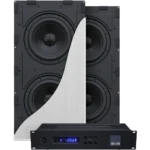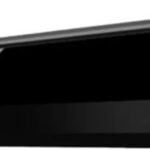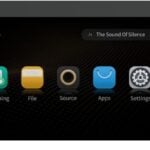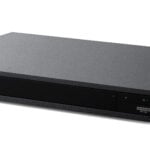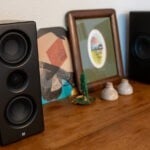Corey-Reid
Stunt Coordinator
- Joined
- Aug 23, 2003
- Messages
- 55
KO, ive just spent the better part of 3 hours reading the primer, and now I think im as confused as ever..... well ok, a little more educated, but still confused.
I have a boston vr10 center and boston cr6s for my rears. I have a pair of Kenwood floor standing speakers for my mains.
The kenwoods are rated at 92 db, the vr 10 90 db, and the cr6s at 88db, all into 8 ohms.
I somewhat understand how the efficiency of the speaker works, but are these numbers always acurate??
what does the rated input power mean? The kenwoods have a rated input power at 90w, and a maximumm input at 180 watts.
My RXV 2090 mains have 100w into each channel at .015thd , 8ohms, from 20-20khz. So if the volume is turned up 1/4 max power, how many watts does this mean the receiver is putting out?? I listen to my music when Im alone at very high levels, but i never have it 3/4 of the way up. mostlybecause i would be worried id blow a speaker, or blow the receiver. If the speaker can handle 100w, and the receiver can deliver 100w into 8 ohms, could I theoretically blast it at full volume??
Sorry these may sound like ridiculous questions, but wow, after reading all of that info, myhead is spinning
I have a boston vr10 center and boston cr6s for my rears. I have a pair of Kenwood floor standing speakers for my mains.
The kenwoods are rated at 92 db, the vr 10 90 db, and the cr6s at 88db, all into 8 ohms.
I somewhat understand how the efficiency of the speaker works, but are these numbers always acurate??
what does the rated input power mean? The kenwoods have a rated input power at 90w, and a maximumm input at 180 watts.
My RXV 2090 mains have 100w into each channel at .015thd , 8ohms, from 20-20khz. So if the volume is turned up 1/4 max power, how many watts does this mean the receiver is putting out?? I listen to my music when Im alone at very high levels, but i never have it 3/4 of the way up. mostlybecause i would be worried id blow a speaker, or blow the receiver. If the speaker can handle 100w, and the receiver can deliver 100w into 8 ohms, could I theoretically blast it at full volume??
Sorry these may sound like ridiculous questions, but wow, after reading all of that info, myhead is spinning

